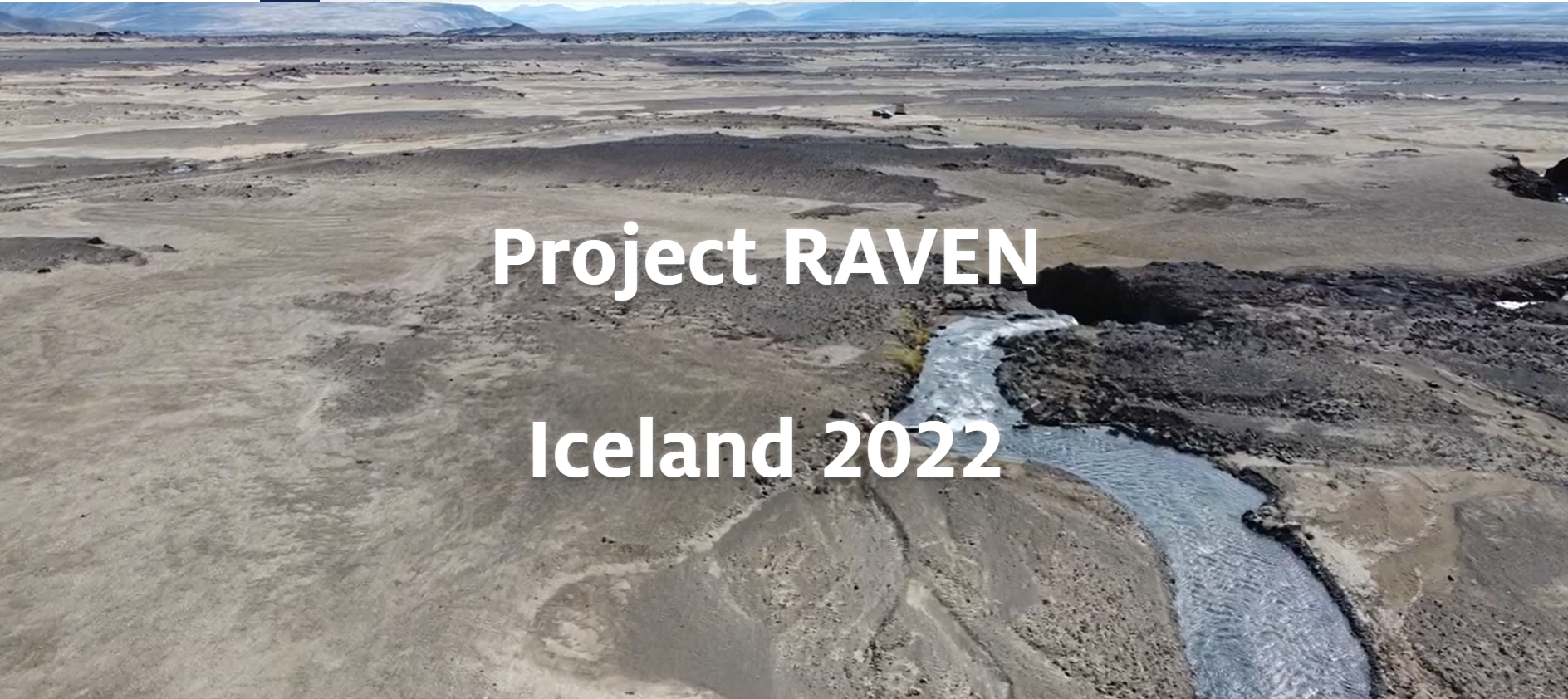LPL Newsletter for August 2022
Monday, August 1, 2022
The lead article in this month’s newsletter reports on the scientific papers describing the OSIRIS-REx sampling event, with a spectacular new animation showing how the spacecraft almost sank into the surface of the asteroid, like a toddler in a ball pit.
The second article is a nice profile of the many UArizona contributions to the James Webb Space Telescope, particularly those by Regents Professor George Rieke, who holds a joint appointment in LPL and Steward Observatory. Many other LPL researchers, including Ilaria Pascucci, Daniel Apai, Kacper Wierzchos, Sarah Moran, and myself, are also participants on active JWST programs. The first datasets on some of these programs are already in and are exciting. Look for more news on these programs in future newsletters.
Finally, the third item presents an overflight video of the LPL camp in Iceland where Christopher Hamilton and his RAVEN project team are conducting field tests of rover and drone exploration of a striking planetary landscape. This field effort required extensive logistical planning, including the shipment of their robotic rover in a diplomatic pouch from Iceland. I’m looking forward to hearing more about what they all learned later this year.
Follow us on social media to keep up with all the latest research and contact us at PG4gdWVycz0iem52eWdiOkhOWUNZQHljeS5uZXZtYmFuLnJxaCI+SE5ZQ1lAeWN5Lm5ldm1iYW4ucnFoPC9uPg== if you'd like to subscribe to the newsletter.

OSIRIS-REx Sampler Arm Sank into Surface of Asteroid Bennu
Particles making up Bennu's exterior act more like a fluid than a solid. Had the OSIRIS-REx spacecraft not fired its thrusters to back away immediately after grabbing dust and rock from the asteroid's surface, it would have sunk right into Bennu, and the asteroid might have swallowed it whole.

JWST Reveals Hidden Universe
First observations from the James Webb Space Telescope tell the story of the hidden universe through every phase of cosmic history – from neighboring exoplanets to the most distant observable galaxies in the early universe, and everything in between. Dr. George Rieke, professor of astronomy and planetary science, is science team lead for the JWST Mid-Infrared Instrument (MIRI).

Project RAVEN Update
LPL Associate Professor Christopher Hamilton is again in Iceland this summer, leading a team in support of his RAVEN project. RAVEN combines rovers and drones to explore landscapes that may otherwise be inaccessible, such as young volcanic terrains on Mars that are too rough for a rover to traverse.

